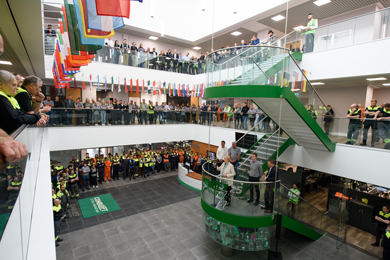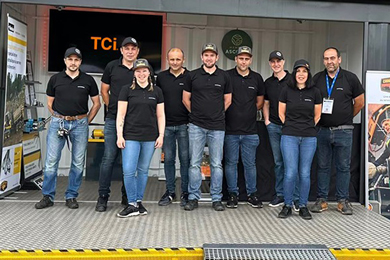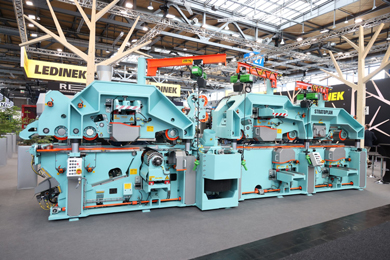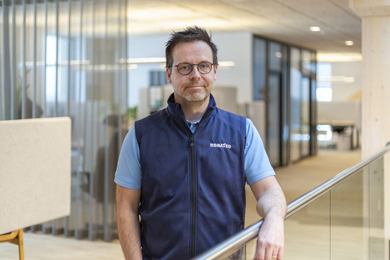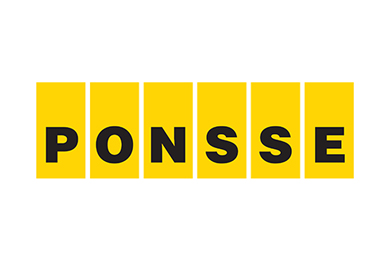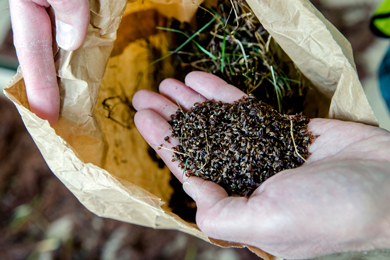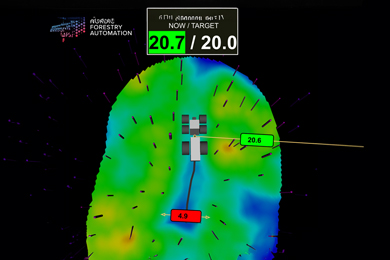How much money is needed to save the rainforests?
Estimating the exact amount of money needed to save the rainforests is challenging due to the complex and diverse nature of rainforest conservation efforts across different regions. The costs involved can vary significantly based on factors such as the size of the rainforest area, the level of deforestation and degradation, the implementation of conservation strategies, and the involvement of local communities.
However, it is widely recognized that significant financial investments are required to effectively address the threats facing rainforests and implement conservation measures. Some of the key areas that require financial support include:
Forest Protection and Law Enforcement: Adequate funding is needed to strengthen law enforcement efforts against illegal logging, land encroachment, and other activities leading to deforestation. This includes supporting ranger programs, surveillance technologies, and the implementation of stricter regulations.
Sustainable Livelihoods and Community Engagement: Engaging local and indigenous communities and providing sustainable livelihood alternatives are critical for effective rainforest conservation. Supporting community-led initiatives, promoting sustainable agriculture practices, and providing economic incentives for forest conservation can help reduce pressure on rainforest resources.
Research and Monitoring: Investing in scientific research and monitoring programs is essential to understand the dynamics of rainforest ecosystems, assess the impacts of human activities, and develop evidencebased conservation strategies. This includes funding for biodiversity surveys, ecosystem monitoring, and technological advancements in remote sensing and data analysis.
Restoration and Reforestation: Restoring degraded rainforest areas through reforestation and restoration projects requires significant financial resources. This includes efforts to plant native tree species, restore wildlife habitats, and rehabilitate degraded land.
International Cooperation and Funding Mechanisms: Global initiatives, partnerships, and funding mechanisms are crucial for supporting rainforest conservation efforts. International organizations, governments, and philanthropic institutions play a vital role in providing financial assistance and coordinating efforts across countries and regions.
While an exact figure is difficult to determine, a study published in the journal Science Advances in 2018 estimated that an annual investment of around $35 billion could be needed to halt deforestation in tropical regions worldwide. However, it’s important to note that this estimate includes broader tropical forests beyond just rainforests.
Ultimately, the financial resources required to save the rainforests depend on various factors and the scale of conservation efforts undertaken. Continued support and increased funding commitments from governments, private sector entities, and international organizations are crucial for achieving long-term rainforest conservation goals.
Also visit:
https://www.gov.uk/government/news/12-billion-donor-support-tohalt-and-reverse-forestloss-and-protect-land-rights
Illegal cattle farming in the Brazilian Amazon
Illegal cattle farming has been a significant issue in the Brazilian Amazon for many years. The expansion of cattle ranching has been a leading cause of deforestation and environmental degradation in the region. While not all cattle farming in the Amazon is illegal, there are illegal practices associated with the industry that contribute to deforestation and other environmental problems.
Here are some key points about illegal cattle farming in the Brazilian Amazon: Deforestation: The expansion of cattle ranching has been a major driver of deforestation in the Amazon. Forests are often cleared illegally to make way for pastureland for cattle. This not only leads to the loss of valuable ecosystems but also contributes to climate change by releasing large amounts of carbon dioxide into the atmosphere.
Land Grabbing: Illegal land grabbing is a common practice associated with cattle farming in the Amazon. People encroach upon protected areas, indigenous lands, or public lands, illegally claiming ownership and converting them into cattle ranches. This further exacerbates deforestation and undermines the rights of indigenous communities.
Violation of Environmental Laws: Illegal cattle ranching often involves the violation of environmental laws and regulations. These include clearing forests without proper permits, operating in protected areas, and using illegal means to obtain land titles.
Supply Chain Issues: The beef produced through illegal cattle farming can enter the formal supply chain, making it difficult to trace the origin of the meat. This creates challenges for companies and consumers who seek to avoid supporting deforestation and human rights abuses associated with illegal practices.
The Brazilian government has made efforts to address illegal cattle farming and reduce deforestation rates. Initiatives such as increased law enforcement, satellite monitoring, and the expansion of protected areas have been implemented. Additionally, consumer awareness and pressure have led some companies to commit to sourcing only deforestation free beef. However, tackling illegal cattle farming requires a comprehensive approach that includes stricter enforcement of environmental regulations, land tenure regularization, support for sustainable land use alternatives, and addressing the underlying socio-economic factors driving deforestation.
Also Read: Andrew Wasley, Elisângela Mendonça, Youssr Youssef and Robert Soutar in the Guardian
www.theguardian.com/environment/2023/jun/02/more-than-800m-amazontrees-felled-in-six-years-tomeet-beef-demand
Action urgently needed
The global warming crisis is increasing at an alarming rate. Rising temperatures are fuelling environmental degradation, natural disasters, weather extremes, food and water insecurity, economic disruption, conflict, and terrorism. Sea levels are rising, the Arctic and Antarctica are melting, coral reefs are dying, oceans are acidifying, and forests are burning.
Create a World Fighting force
Now is the time for the United Nations to make a radical decision. Create a fighting force that has to be adopted by Brazil, The Congo Basin countries and others to step up policing and putting an end to illegal logging, illegal cattle farming etc or face the dire consequences of intense global warming.
Glaring World Cost Anomalies
Positive: Glasgow COP 26
$12 billion donor support pledged to halt and reverse forest loss and protect land rights.
A new public finance pledge from 12 countries to support ambitious forest-related climate action in developing countries.
Negative:
During a recent visit by President of Brazil, Luiz Inácio Lula da Silva, President Biden pledged 1 Billion pounds towards Rainforest conservation. Da Silva went on to China but it is reported President Xi Jinping was unwilling to pledge any amount
- Consider the cost of a nuclear submarine $3.45 billion
- The war in Afghanistan is estimated to have cost upwards of 2.2 trillion dollars.
- The HS2 UK rail extension is likely to cost upwards of 100 billion pounds.
- The 2023 US defence budget is Circa $770 billion.
- The 2023 Chinese defence budget is $224 billion dollars.
- That’s around 1 Trillion dollars from 2 countries in 2023!
How much is needed to save the Amazon and The Congo basin et al?
Hardly anything in comparison.
Photo: Robin Peach
To read more Editors comments click here.
Follow IFI on Twitter | LinkedIn | Instagram


